The world's most beautiful ancient ruined cities
Ancient urban enigmas
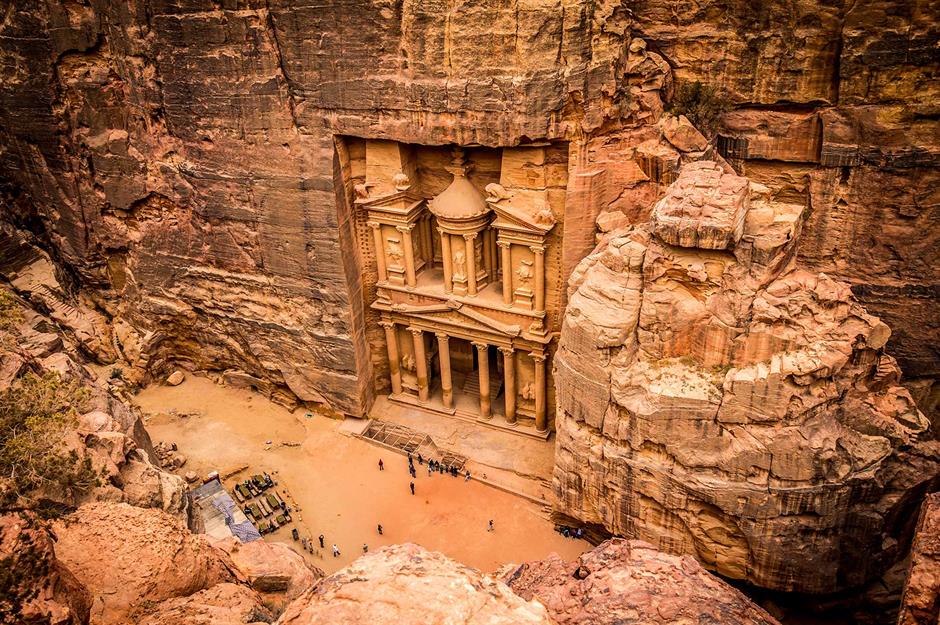
Machu Picchu, Peru
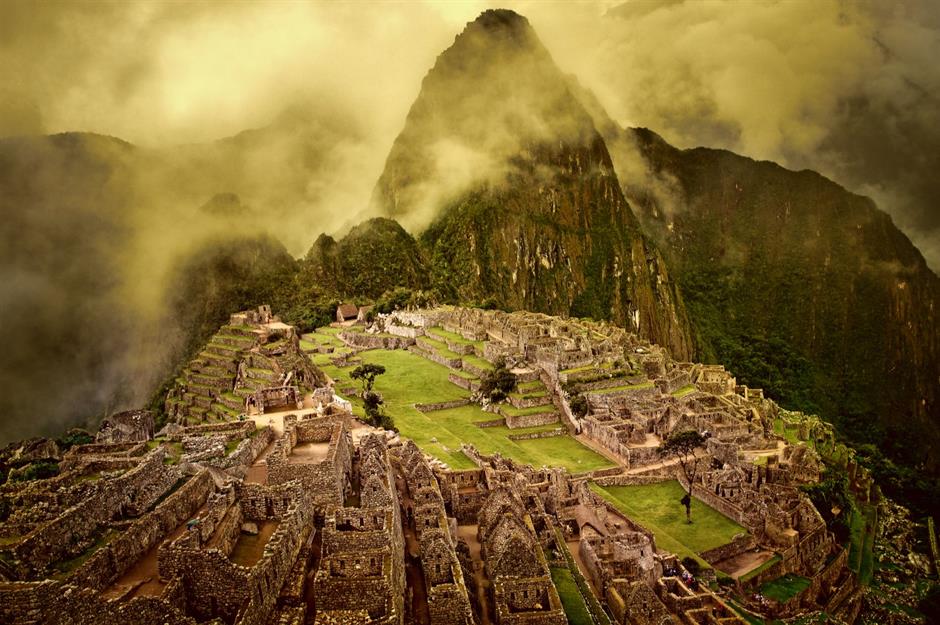
Machu Picchu, Peru
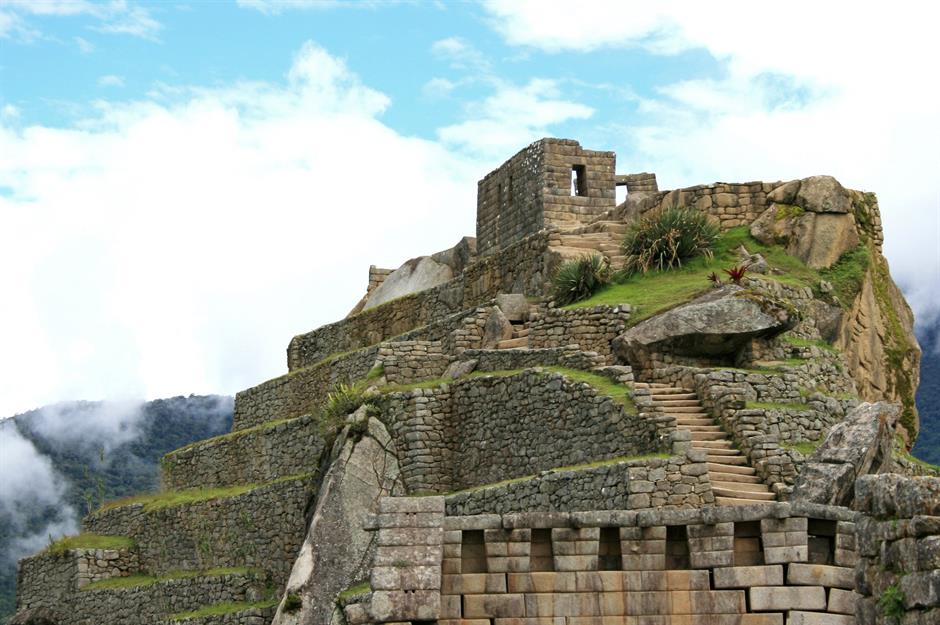
Butrint, Albania
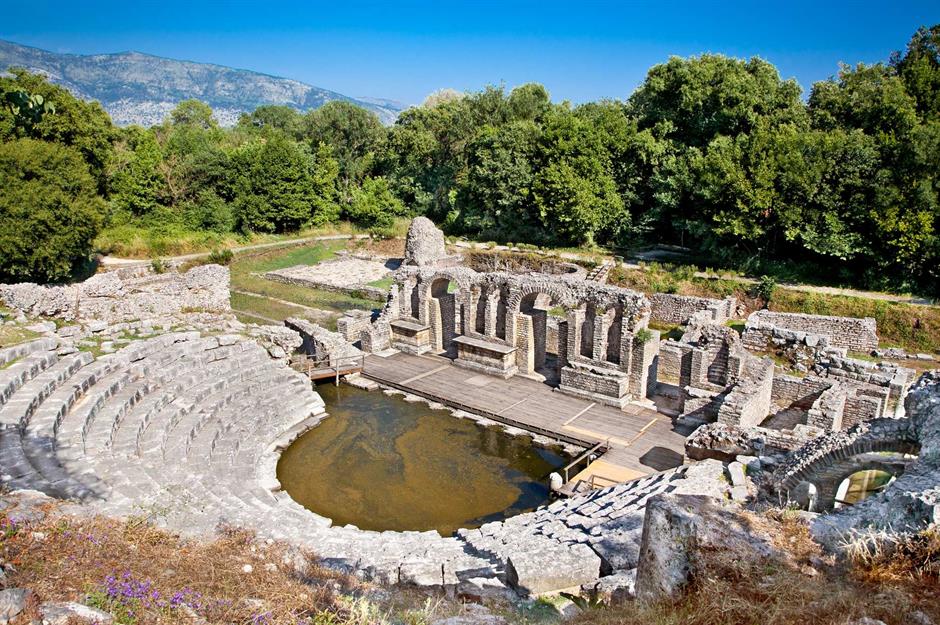
Butrint, Albania
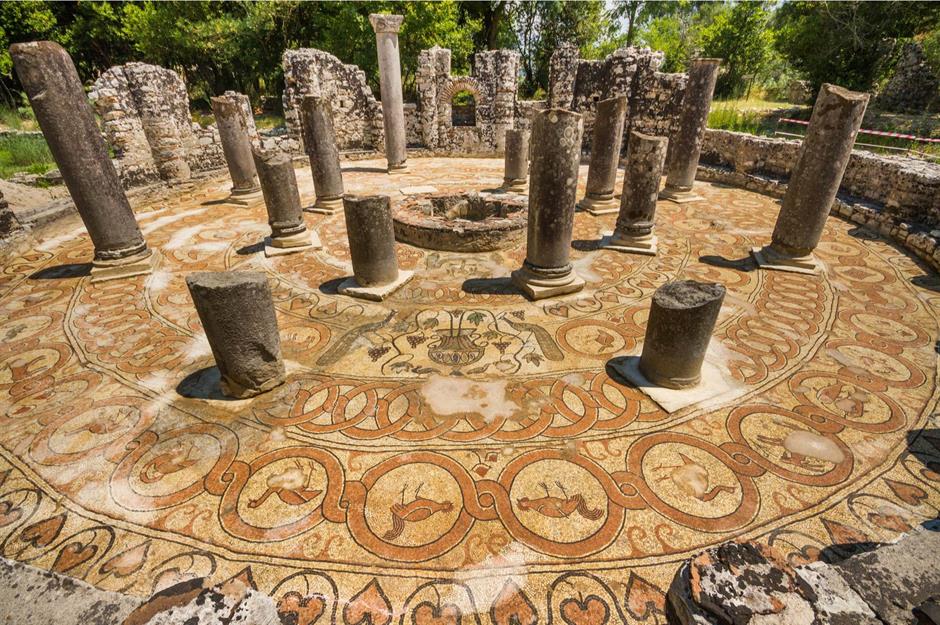
Yaxchilán, Mexico
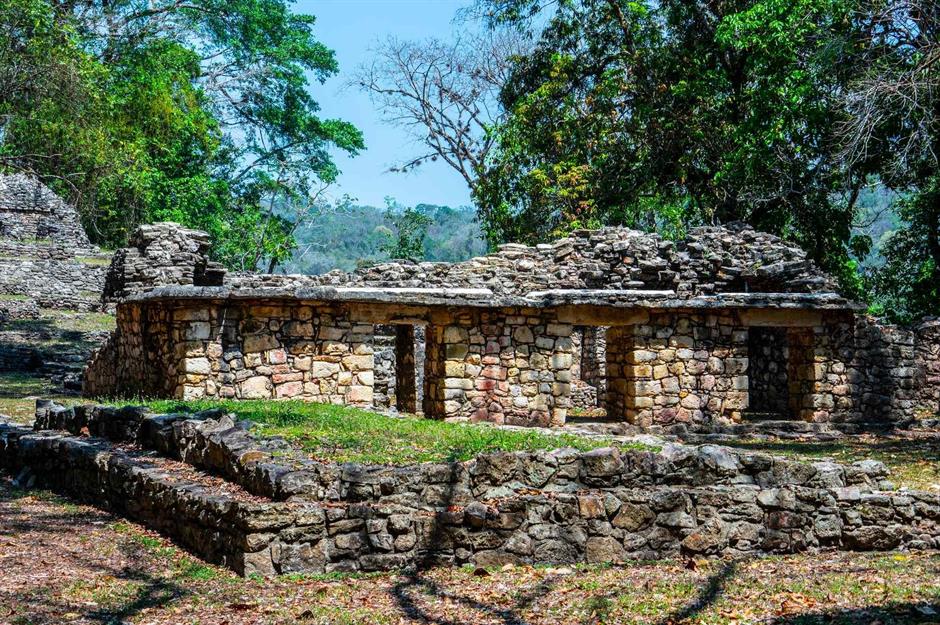
In southern Mexico close to the border with Guatemala, this ancient Mayan city is famed for its impressive sculptured stone lintels above doorways and windows featuring hieroglyphic texts that describe the dynastic history of the area. The name Yaxchilán is said to mean Green Stones in one Mayan language.
Love this? Follow us on Facebook for travel inspiration and more
Yaxchilán, Mexico
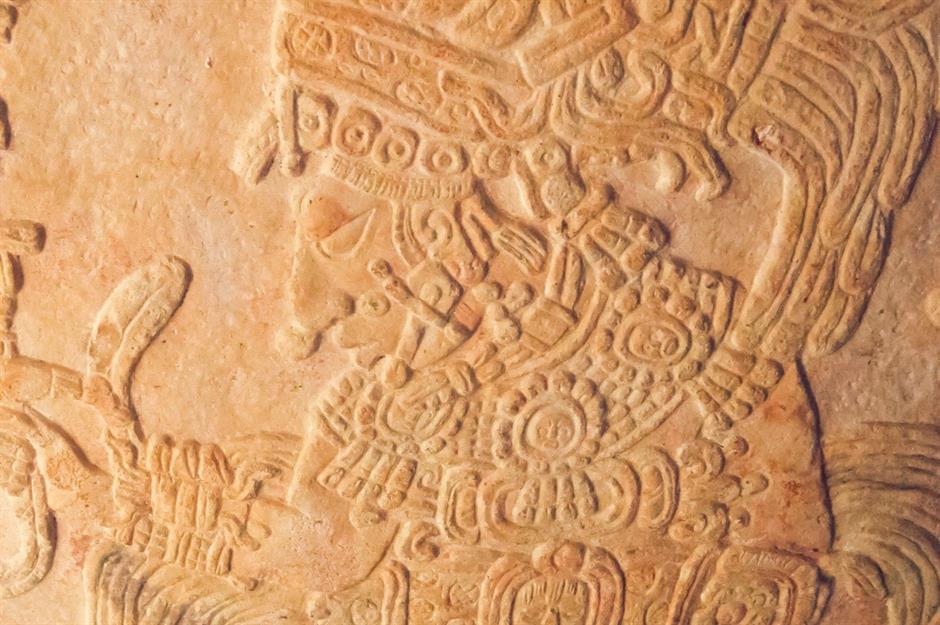
Timgad, Algeria
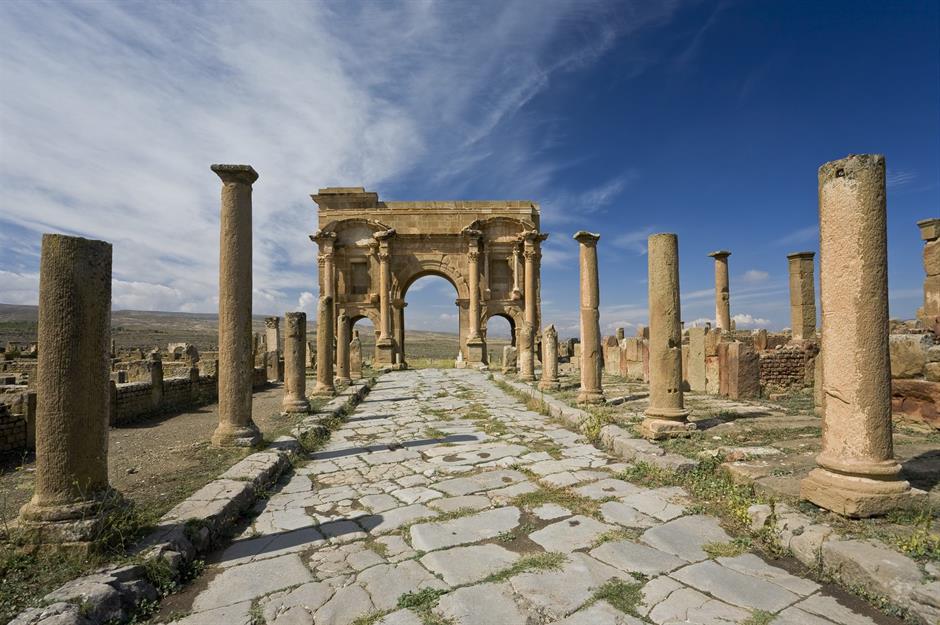
Timgad, Algeria
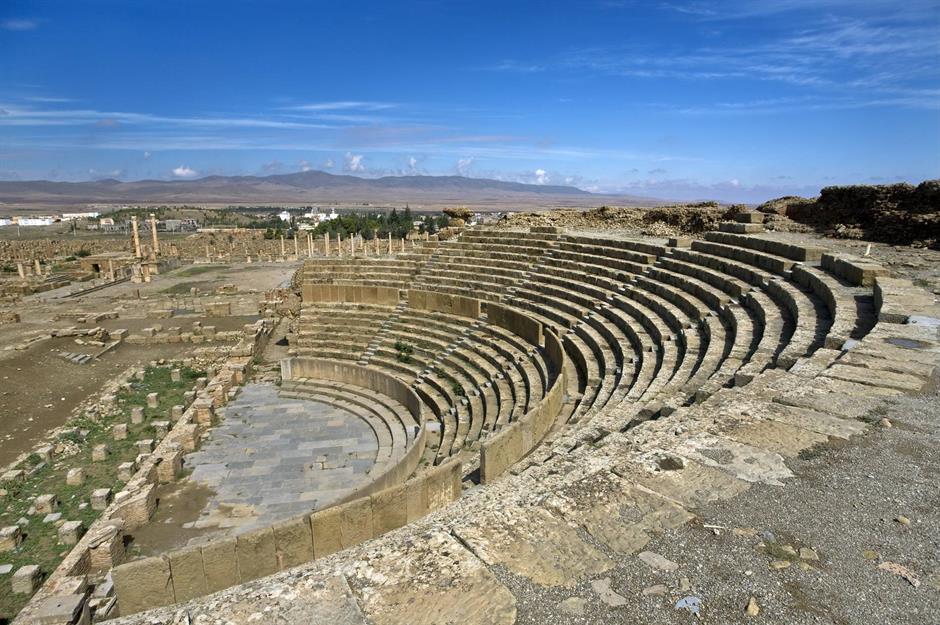
The city’s enormous 3,500-seat amphitheatre is largely intact. The library, which dates from the 3rd or 4th century AD, is thought to have once been stocked with around 3,000 papyrus rolls. In the 5th century, the city was sacked by the Vandals and went into decline and abandonment. The Scottish explorer James Bruce then came upon the ruins in late 1765, buried in the desert.
Ephesus, Turkey

Ephesus, Turkey
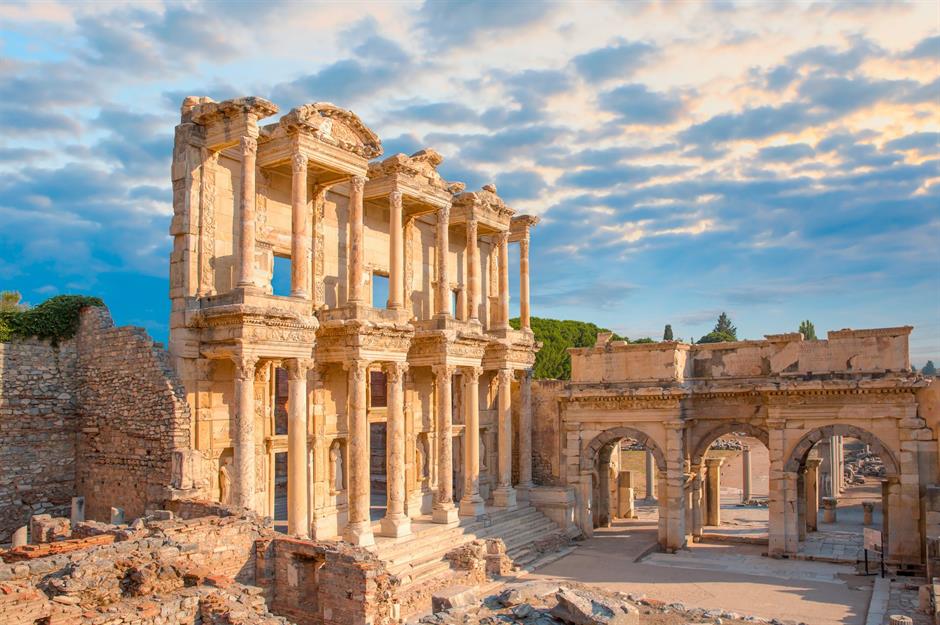
Ephesus is the site of the Temple of Artemis, one of the Seven Wonders of the Ancient World, and although not much is visible today, the façade of the Library of Celsus, which dates from the time of Emperor Hadrian in the first half of the 2nd century AD, is still beautifully preserved. It was believed to have once contained 12,000 scrolls. The library was destroyed in 262 AD in an earthquake but the façade was rebuilt by archaeologists in the 1970s.
Here's what the Seven Wonders of the Ancient World would look like today
Leptis Magna, Libya
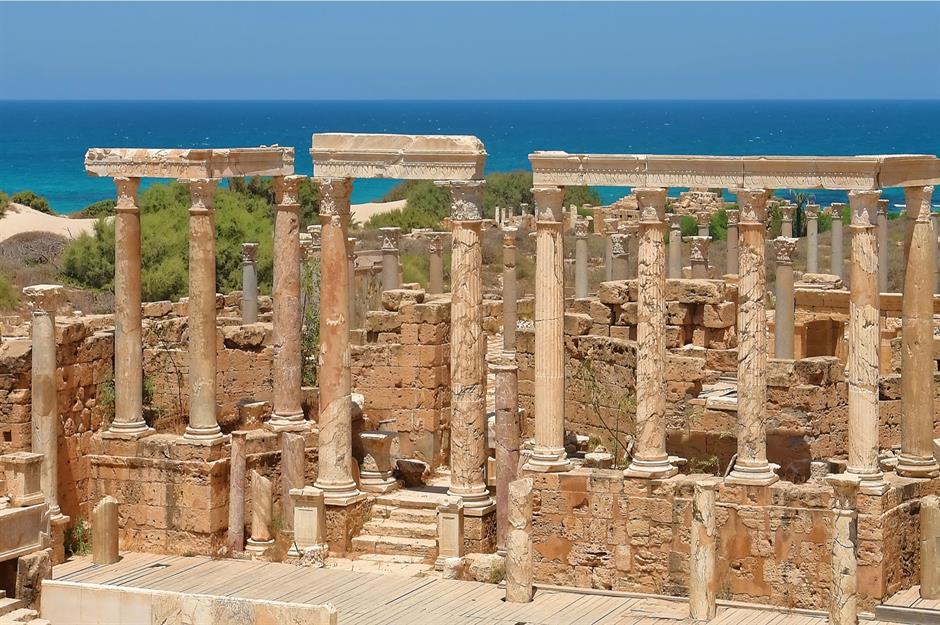
Leptis Magna, Libya
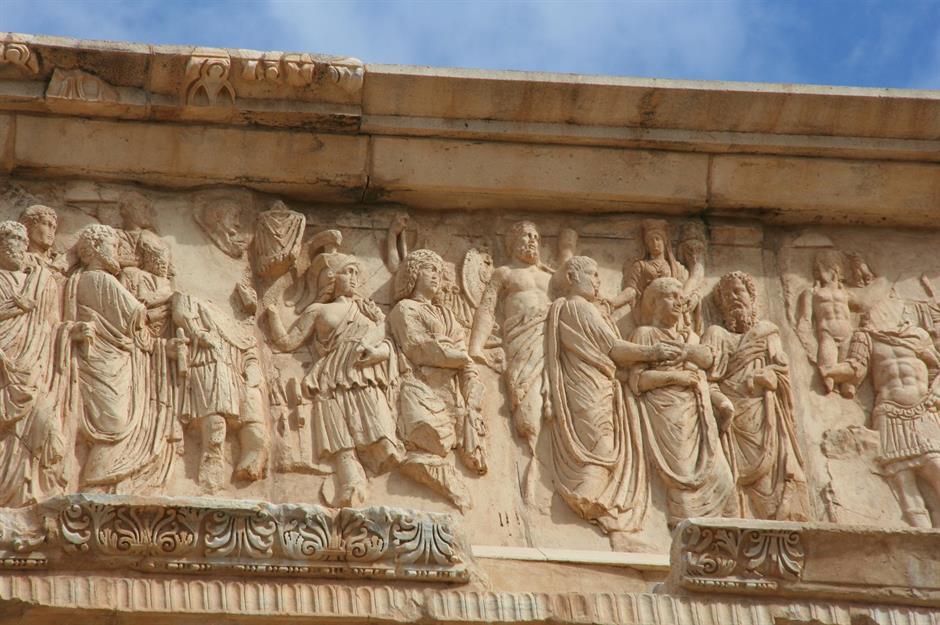
Tikal, Guatemala

Tikal, Guatemala
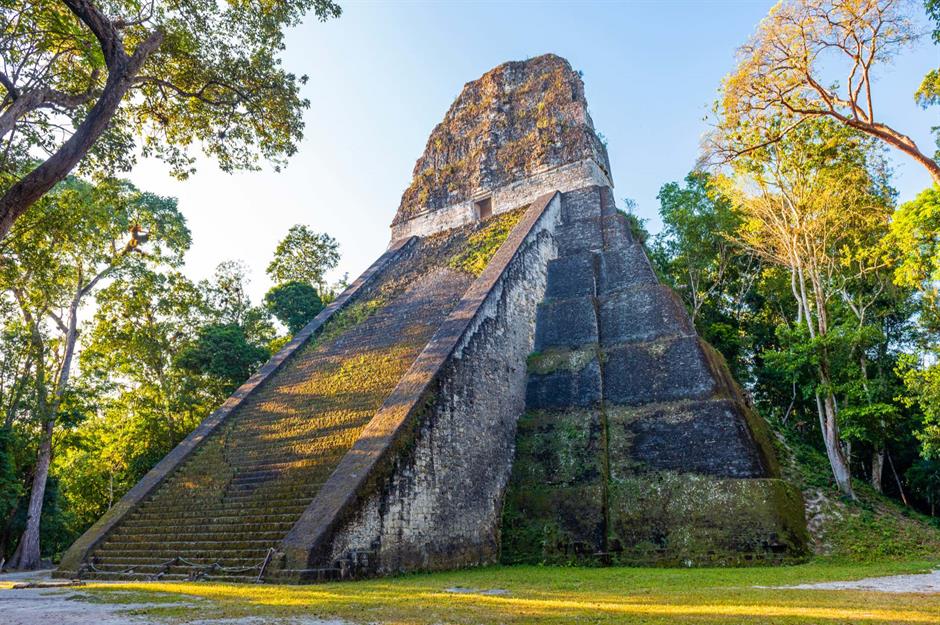
Ayutthaya, Thailand
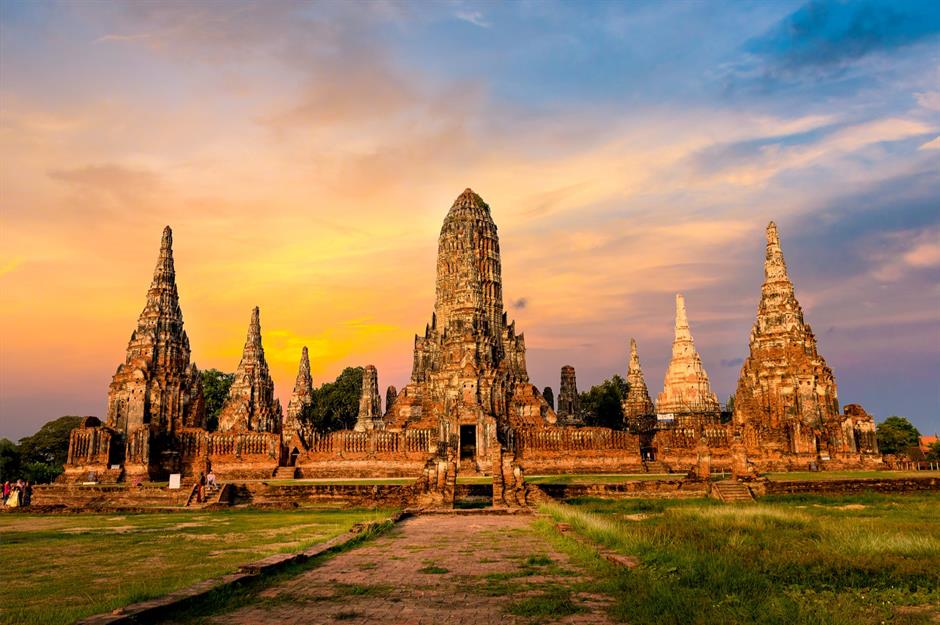
Ayutthaya, Thailand
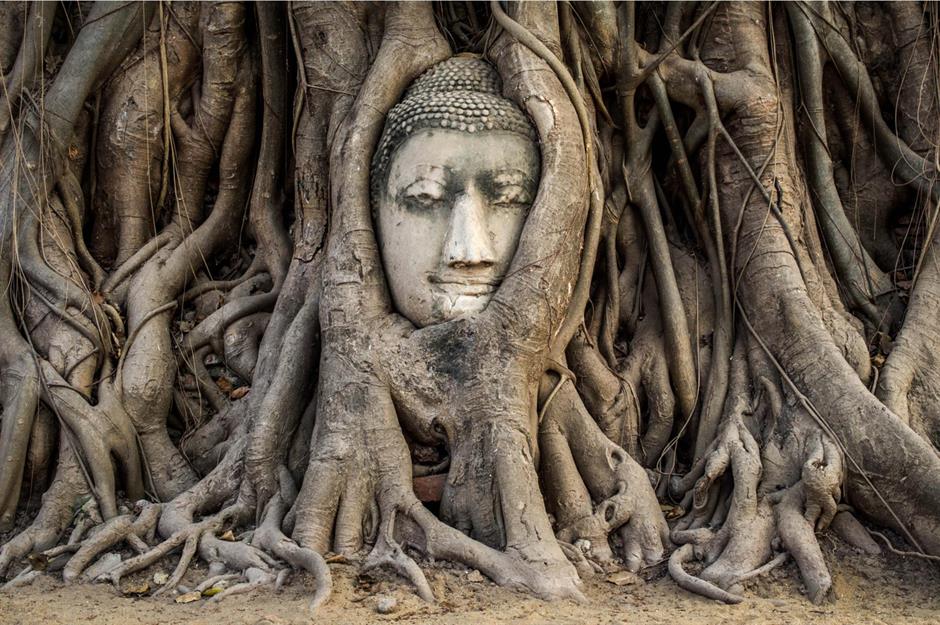
Herculaneum, Italy
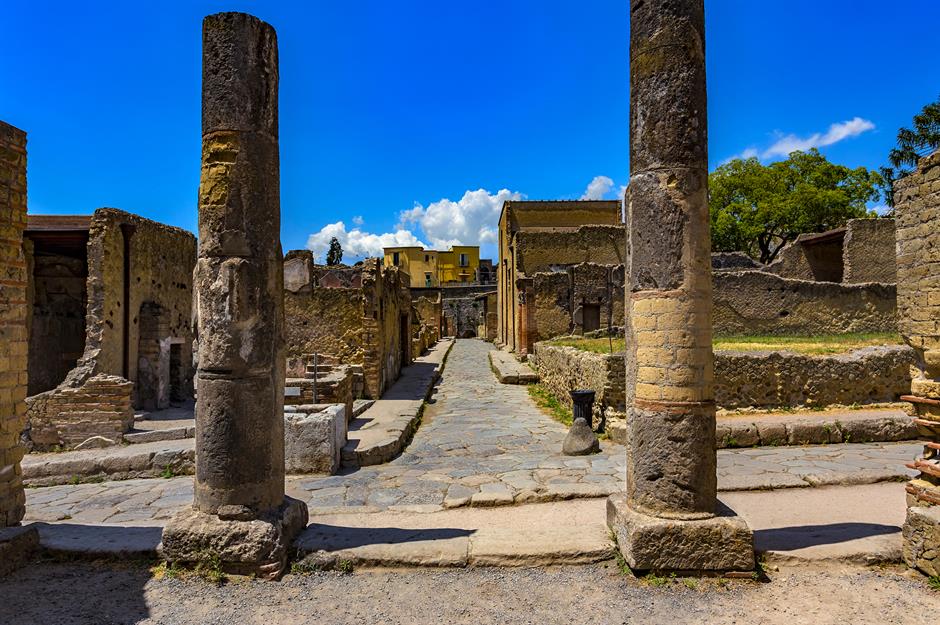
Like its better-known neighbour Pompeii, Herculaneum on the south-west Italian coast, was also destroyed when Mount Vesuvius erupted in 79 AD. However, although Pompeii is architecturally more impressive, it's thought the volcano’s flow of dust and ash helped preserve Herculaneum’s buildings to a higher degree. The regular streets, houses, shops and brothels provide a fascinating snapshot of everyday Roman life.
Herculaneum, Italy
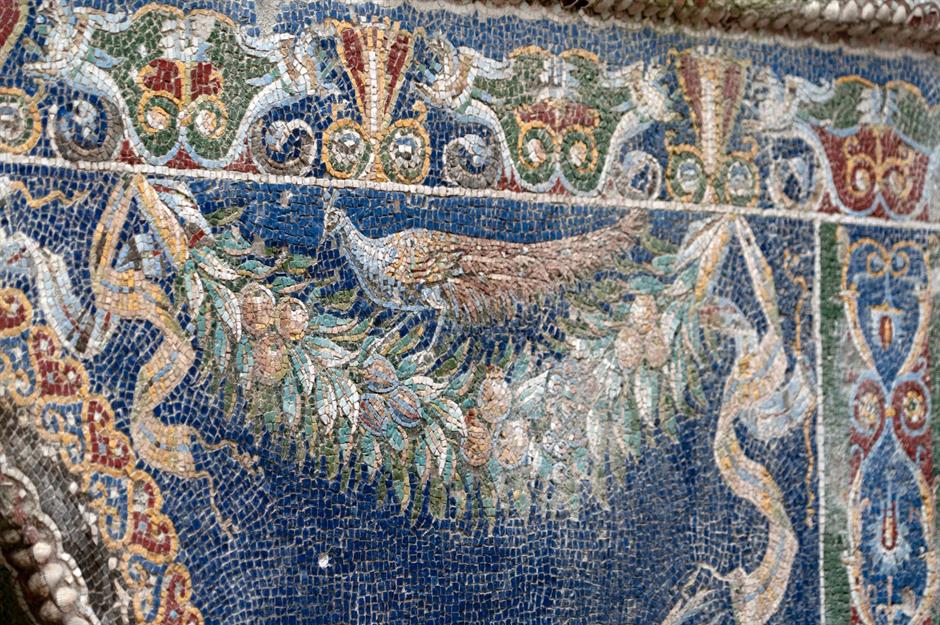
The city’s wealthy elite lived in fine villas embellished with beautiful mosaics and multi-coloured marble. Life began as normal on that day in late summer 79 AD and ended with this urban centre, along with most of its population, being tragically wiped out. So much of the city, including the remains of some inhabitants, are perfectly preserved in this haunting time capsule.
Sigiriya, Sri Lanka

Sigiriya, Sri Lanka

Sigiriya, Sri Lanka
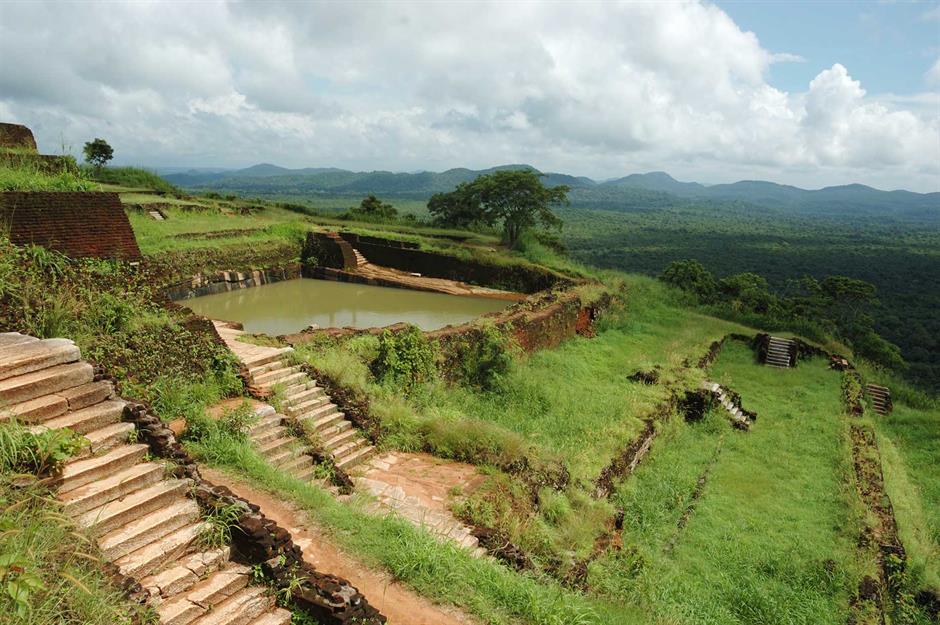
Volubilis, Morocco
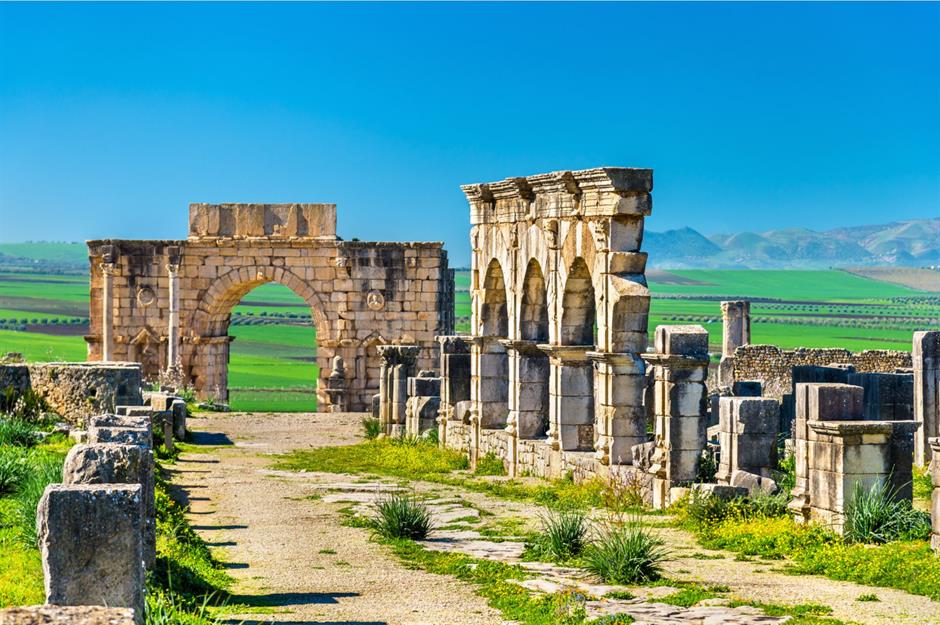
Volubilis, Morocco

Ostia Antica, Italy
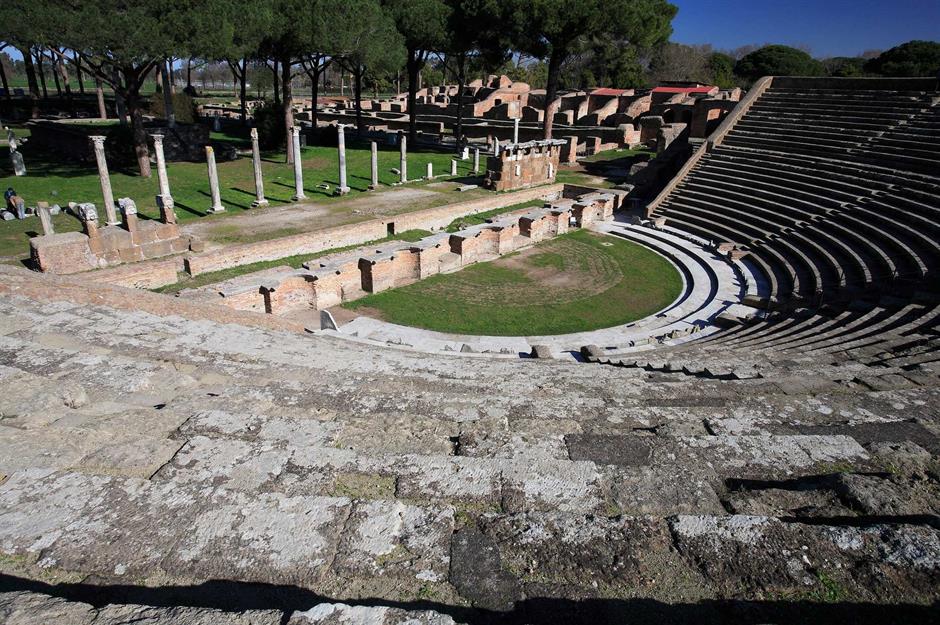
Ostia Antica, Italy
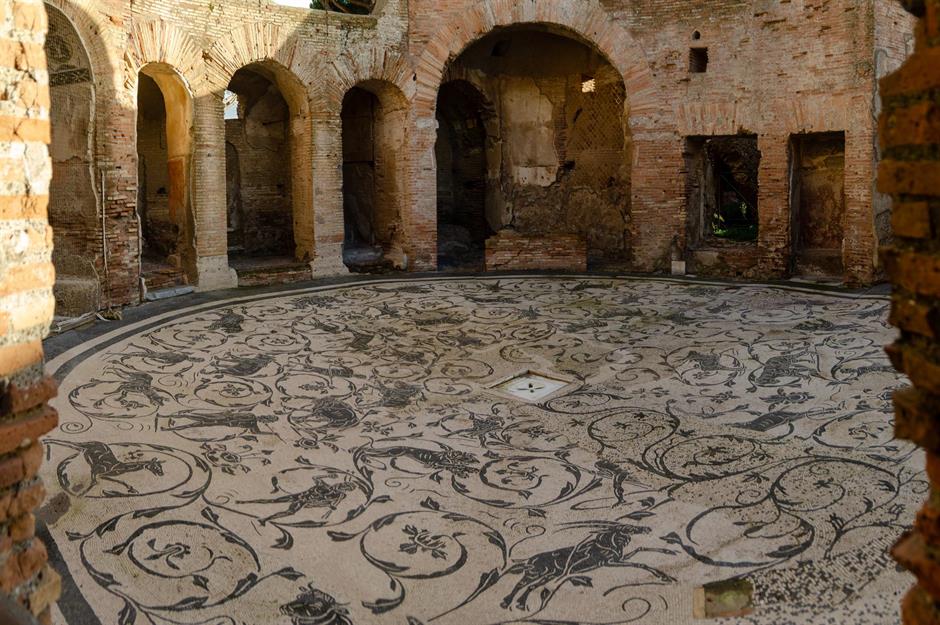
Ostia Antica grew to 50,000 inhabitants in the 2nd century and 100,000 in the 3rd century. The city had a lighthouse, theatre and baths and the earliest synagogue ever found plus residential buildings, taverns and communal toilets. The city was mentioned by St Augustine in the late 4th century but it was already going into decline as the port silted up. Repeated invasions by Arab pirates further weakened commerce and by the 9th century it had been completely abandoned.
Hampi, India
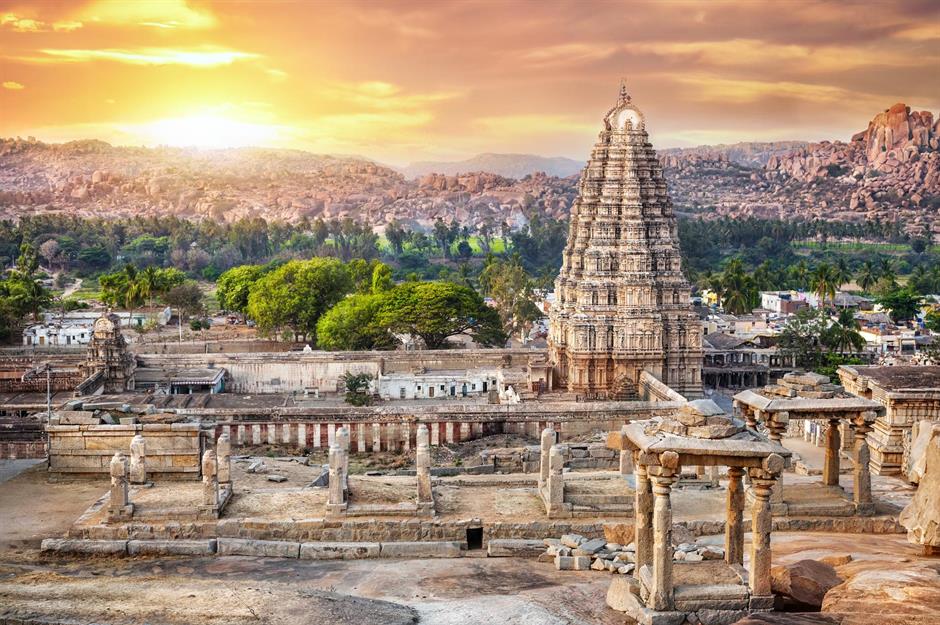
Hampi, India

Dating from the 14th to 16th centuries, Hampi was the capital of the powerful Vijayanagar empire. The intricately carved decorations, ornate palaces and sophisticated water irrigation system that directed water around the city attest to its former glory. These magnificent Elephant Stables consist of 11 domed chambers and are a wonderful example of Indo-Islamic architecture.
Petra, Jordan
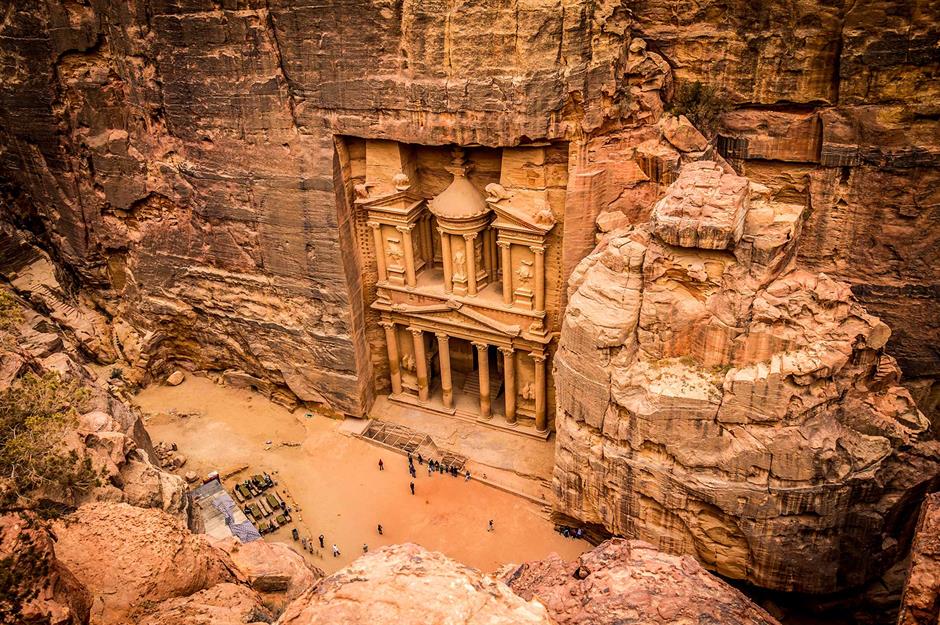
Petra, Jordan
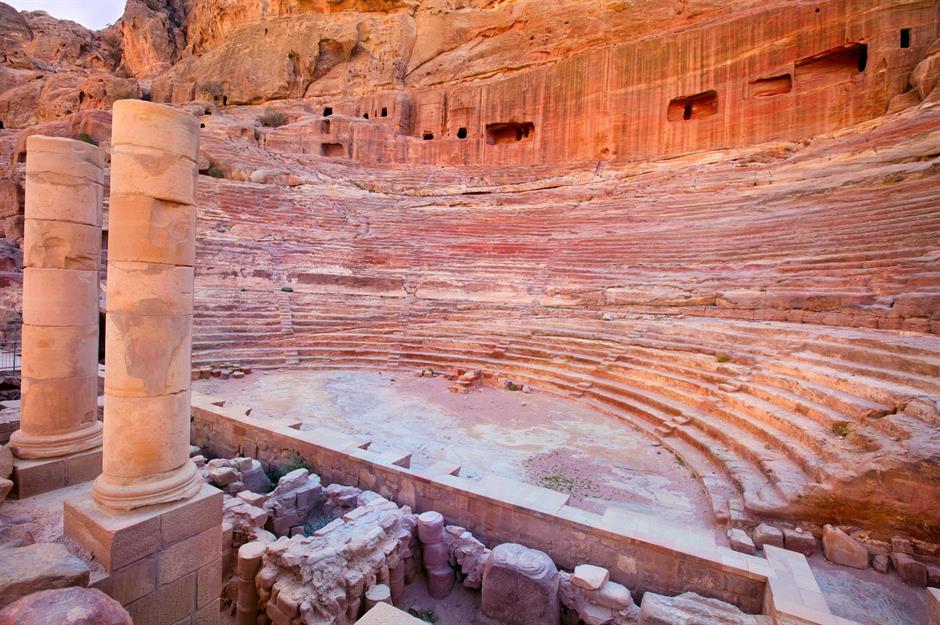
The huge 1st-century AD theatre was carved out of solid rock and has three horizontal sections of seats separated by passageways and seven stairways. The Romans took control of the city in 106 AD and annexed the whole area. They ruled until the 4th century when an earthquake destroyed many buildings. The Byzantines then took over but the city was abandoned in the 8th century.
Now learn the amazing stories of the world's most ancient cities
Comments
Be the first to comment
Do you want to comment on this article? You need to be signed in for this feature